Crabs are a popular seafood delicacy known for their sweet, tender meat and versatility in cooking. Whether you’re enjoying them in their shells, as crab cakes, or in soups and stews, crabs can be prepared in various ways to suit different tastes and preferences. Below is a complete guide on types of crabs, how to buy and store them, and different ways to cook them.
Types of Crabs:
There are numerous species of crabs, but some are more commonly available and popular in culinary traditions. Here are a few key types of crabs:
1. King Crab:
-
Description: King crabs are large and prized for their sweet, succulent meat, particularly in the legs. They have thick shells and long legs with large claws.
-
Cooking Methods: King crabs are typically boiled or steamed and often served with melted butter.
-
Varieties: The most common varieties are Red King Crab (known for its rich flavor and large size) and Golden King Crab (smaller but still flavorful).
2. Snow Crab:
-
Description: Snow crabs have smaller claws and thinner legs compared to king crabs but are still delicious. The meat is sweet and flaky.
-
Cooking Methods: Often boiled, steamed, or baked, snow crabs are a popular choice for crab legs in seafood boils and buffet-style feasts.
-
Varieties: Available as Alaskan Snow Crab or Atlantic Snow Crab, they are often harvested in cold waters.
3. Dungeness Crab:
-
Description: Dungeness crabs are medium-sized with a rich, sweet, and slightly nutty flavor. Their meat is very tender and easy to extract.
-
Cooking Methods: Typically steamed or boiled whole, then cracked open to enjoy the meat. It’s also used in crab cakes and salads.
-
Geographic Range: Mostly found along the West Coast of the United States.
4. Blue Crab:
-
Description: Blue crabs are smaller crabs commonly found in the Chesapeake Bay region and along the Atlantic Coast. They are famous for their delicate, tender, and sweet meat.
-
Cooking Methods: Often steamed or boiled, and enjoyed in crab cakes, crab rolls, and soups. The soft-shell blue crabs (molting crabs) are also prized for their edible, tender shells.
-
Varieties: Chesapeake Blue Crab is the most famous, but they’re also found in other coastal regions.
5. Soft Shell Crab:
-
Description: Soft shell crabs are molting blue crabs, where they shed their old shell to grow a new one. The entire crab is edible, including the shell, making them a delicacy.
-
Cooking Methods: Soft-shell crabs are typically pan-fried, deep-fried, or grilled and are often served as sandwiches, in tacos, or as part of a seafood platter.
6. Stone Crab:
-
Description: Stone crabs are known for their claws, which are harvested for their sweet, tender meat. The body is typically not eaten.
-
Cooking Methods: Often boiled or steamed, stone crab claws are commonly served with mustard or butter for dipping.
How to Buy Crabs:
When buying crabs, fresh, live crabs are always the best option for optimal flavor and texture. However, there are also frozen and pre-cooked options available.
Buying Live Crabs:
-
Crab Type: Decide on which type of crab you want to buy based on the flavor and recipe you’re using. King crab legs are often sold frozen, while blue crabs and dungeness crabs are more commonly available live.
-
Freshness: Live crabs should be active and responsive. Make sure the crabs are kept in clean, salty water or in a cool, moist environment. Avoid buying crabs that are dead, as their meat will spoil quickly.
-
Size: Choose crabs according to their size and weight. Larger crabs like King Crabs and Dungeness Crabs yield more meat.
Buying Pre-Cooked or Frozen Crab:
-
Frozen Crab Legs: If buying frozen crab, ensure it’s been frozen immediately after being caught to preserve its freshness.
-
Pre-Cooked Crab Meat: This is a convenient option, especially for recipes like crab cakes or crab dips. Ensure it’s from a reputable source and has been properly stored.
-
Check for Freezer Burn: When buying frozen crabs, check for signs of freezer burn, as this can affect the flavor and texture.
How to Store Crabs:
Proper storage is essential to keep crabs fresh, especially if they’re alive.
Live Crabs:
-
Refrigerate: Live crabs should be kept in the refrigerator and stored in a breathable container (such as a box or paper bag).
-
Use Quickly: Live crabs should be cooked within 1-2 days to ensure freshness.
-
Avoid Freshwater: Never store live crabs in freshwater, as they need saltwater to survive.
Frozen Crab:
-
Freezer Storage: If you’re storing frozen crabs, keep them in the freezer until you’re ready to cook them. If buying frozen crab legs, make sure they stay frozen at all times until cooking.
-
Thawing: Thaw frozen crab slowly in the refrigerator for 12-24 hours before cooking. This ensures the meat maintains its texture and flavor.
Cooked Crab:
-
Refrigerate: After cooking, store leftover crab in an airtight container in the fridge. It should be consumed within 2-3 days.
-
Freezing: You can freeze cooked crab for later use. Wrap it tightly in plastic wrap and foil to prevent freezer burn. Thaw cooked crab in the refrigerator before reheating.
How to Cook Crabs:
There are various ways to cook crabs depending on their type and your preferences. Here are some popular methods:
1. Boiling Crabs:
-
Step 1: Fill a large pot with water and add about 2 tablespoons of salt for every quart of water.
-
Step 2: Bring the water to a boil.
-
Step 3: Add live crabs to the pot, ensuring they are fully submerged. You can cook them in batches if necessary.
-
Step 4: Once the water returns to a boil, reduce the heat to medium and cook the crabs for about:
-
Dungeness Crabs: 15-20 minutes
-
Blue Crabs: 10-15 minutes
-
King Crab Legs: 5-7 minutes (if precooked)
-
-
Step 5: Once done, remove the crabs and place them in a bowl to cool. Serve with melted butter or your favorite dipping sauce.
2. Steaming Crabs:
-
Step 1: Fill a large pot with about 1-2 inches of water and bring it to a boil.
-
Step 2: Place a steamer basket or insert into the pot and add the crabs, ensuring they don’t touch the water.
-
Step 3: Cover and steam for the following times:
-
Dungeness Crabs: 15-20 minutes
-
Blue Crabs: 10-15 minutes
-
King Crab Legs: 5-7 minutes
-
-
Step 4: Once done, remove the crabs and serve with melted butter or sauce.
3. Grilling Crabs:
-
Step 1: Preheat your grill to medium heat.
-
Step 2: Brush the crabs with olive oil or butter and season with salt, pepper, and any additional spices you like.
-
Step 3: Grill the crabs (especially king crab legs) for about 5-10 minutes, turning occasionally, until the meat is heated through and slightly charred.
4. Baking Crab Legs:
-
Step 1: Preheat your oven to 375°F (190°C).
-
Step 2: Brush crab legs with butter or garlic butter and place them on a baking sheet.
-
Step 3: Cover the crab legs with aluminum foil and bake for about 15-20 minutes until heated through.

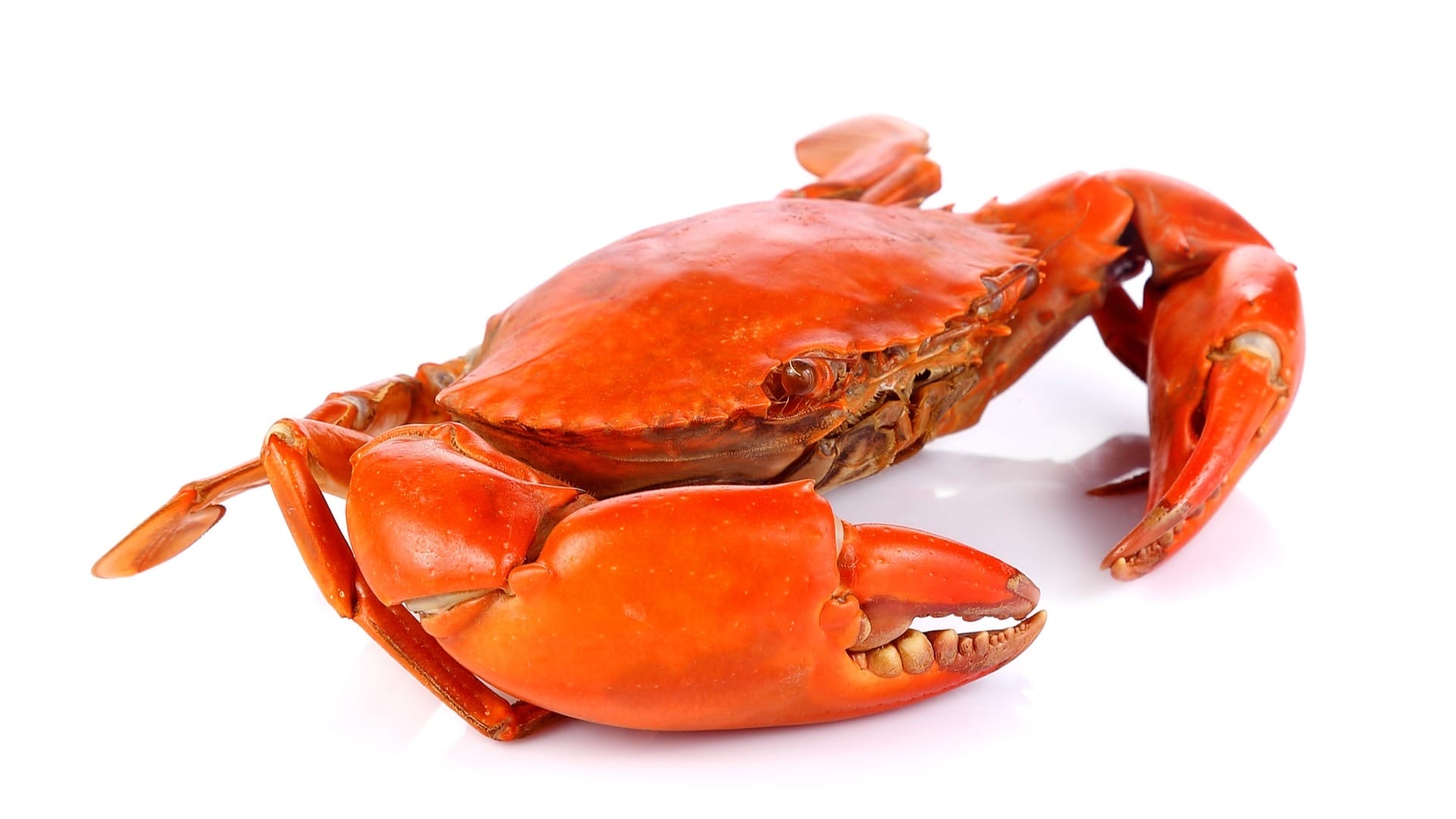
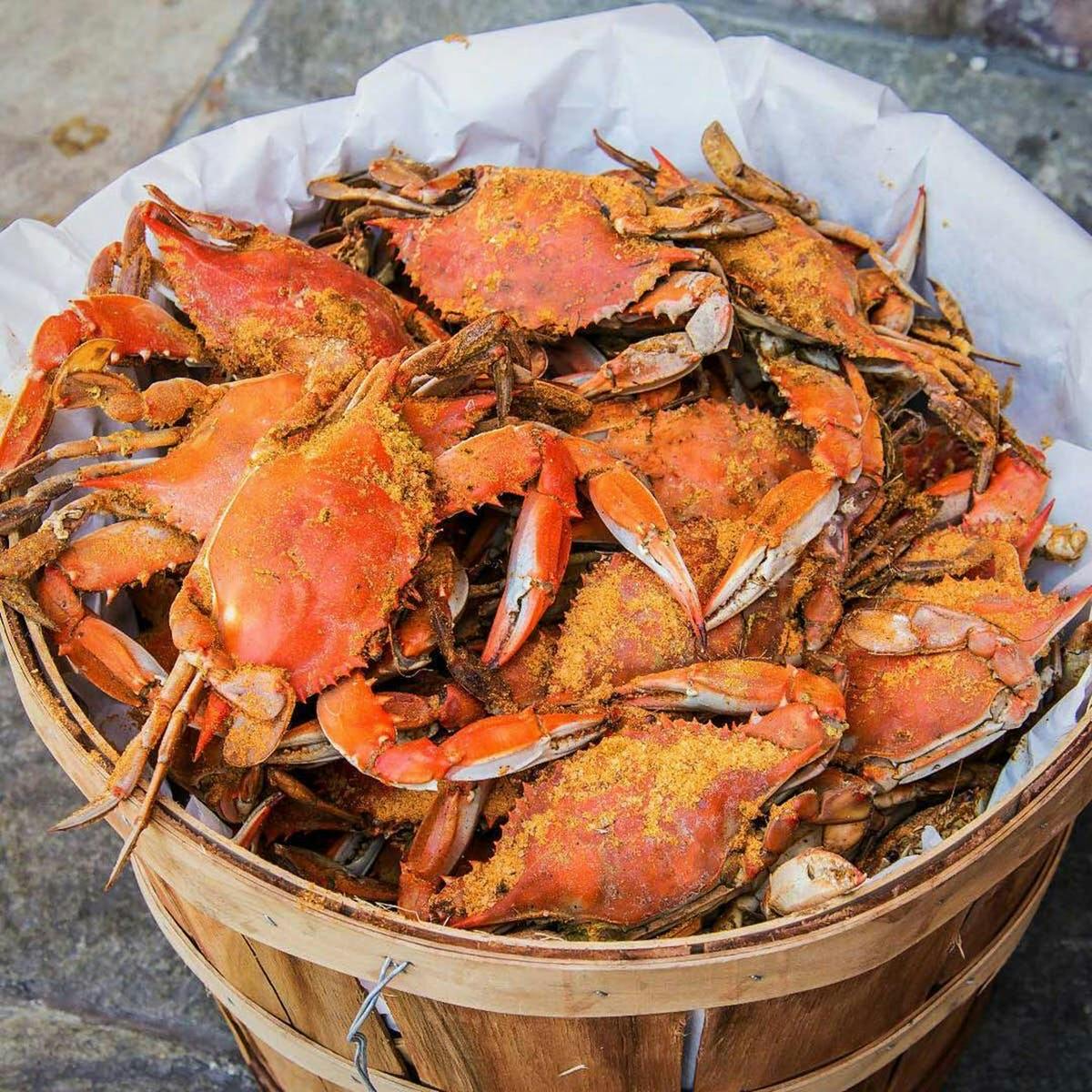
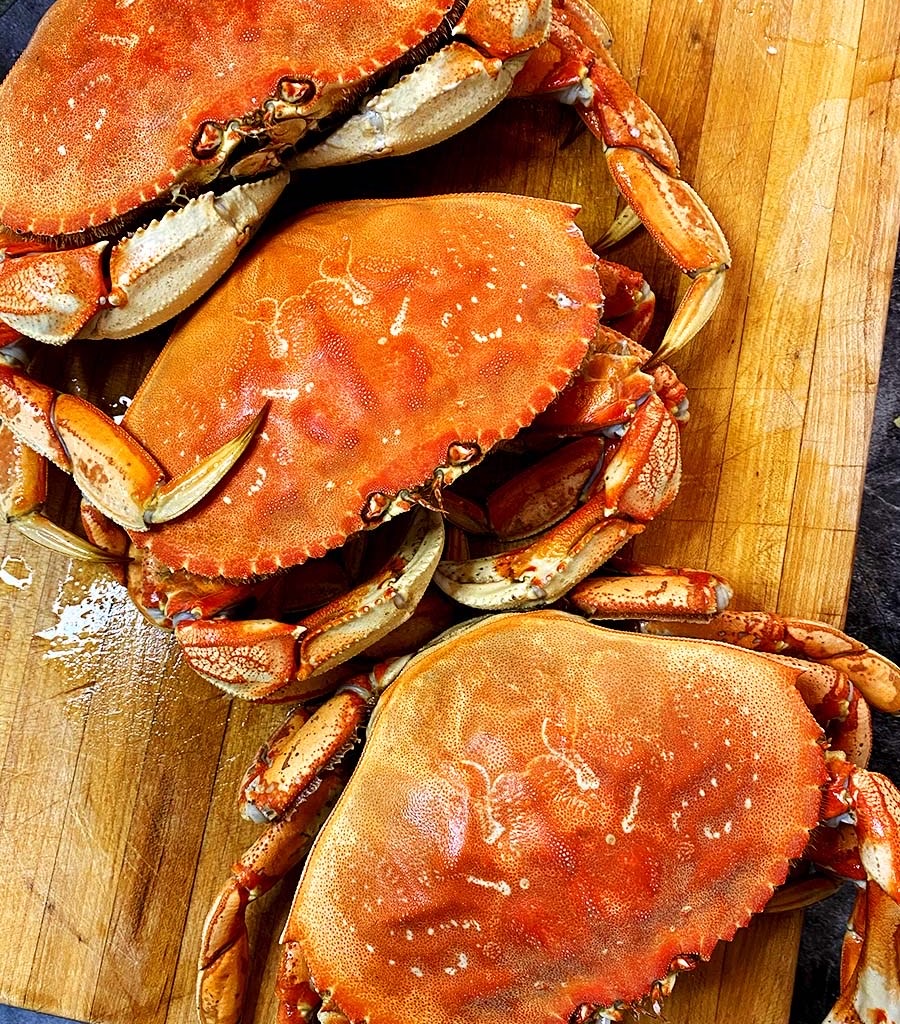
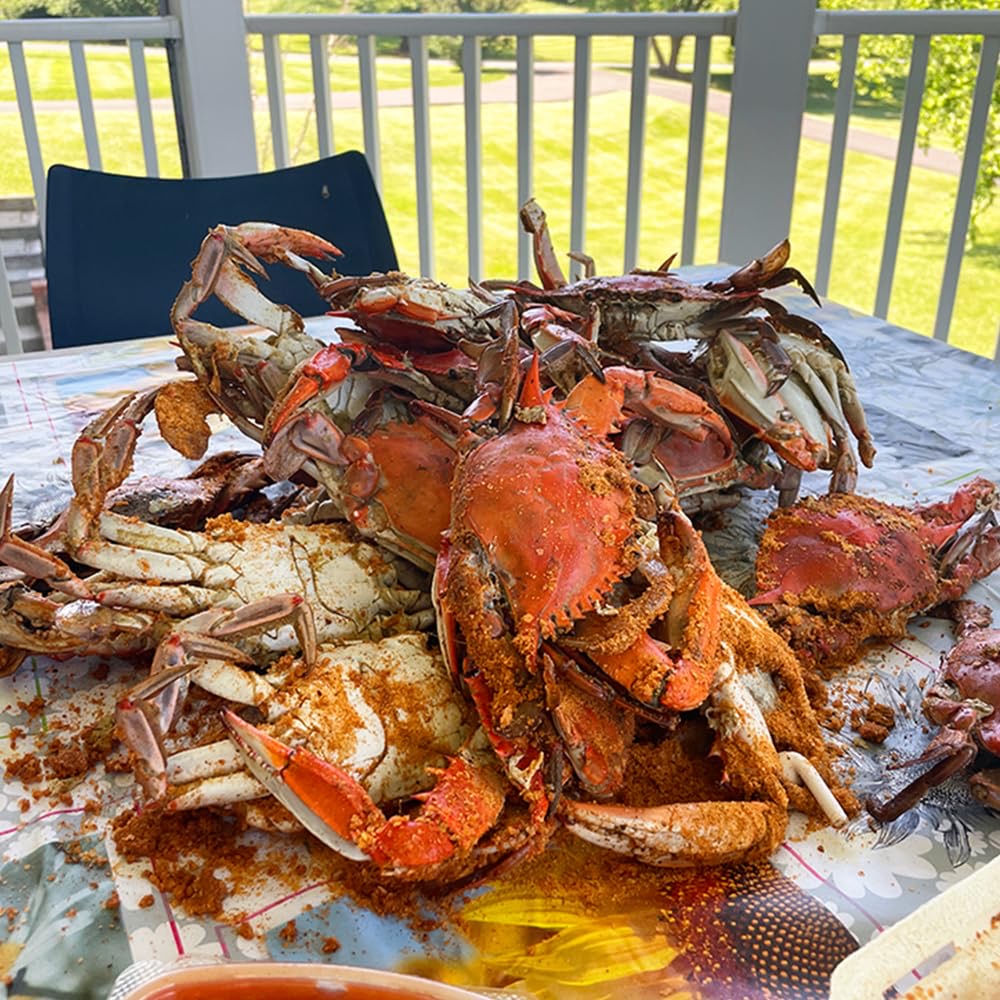

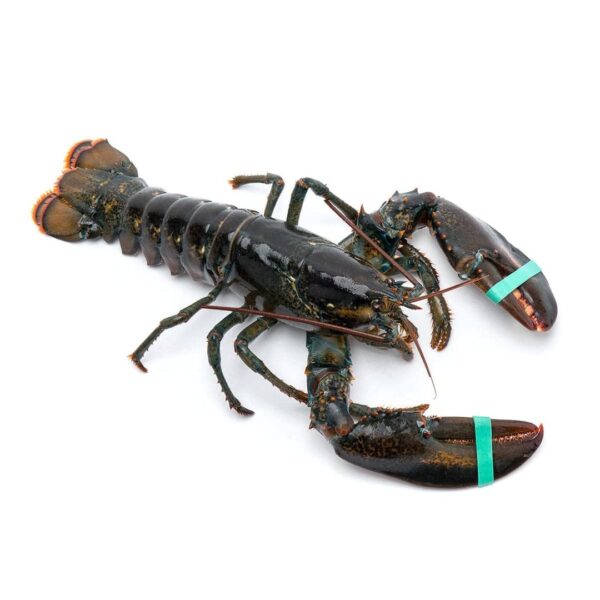




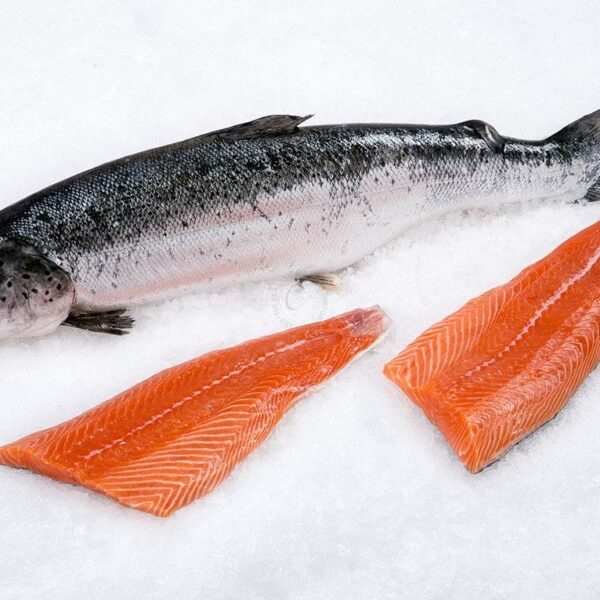
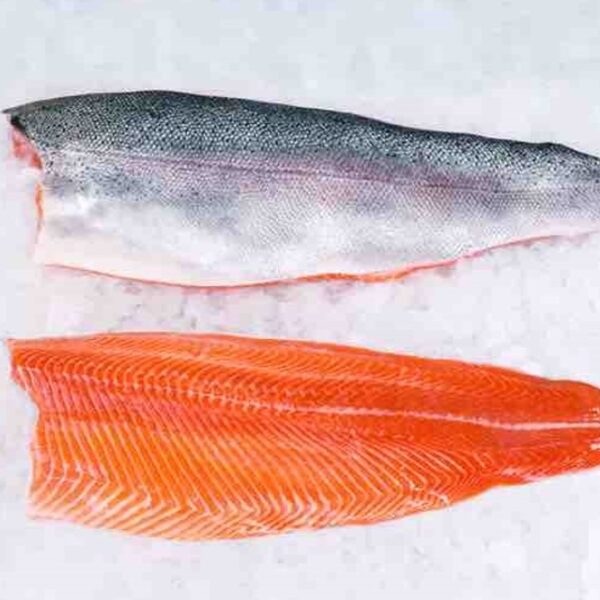
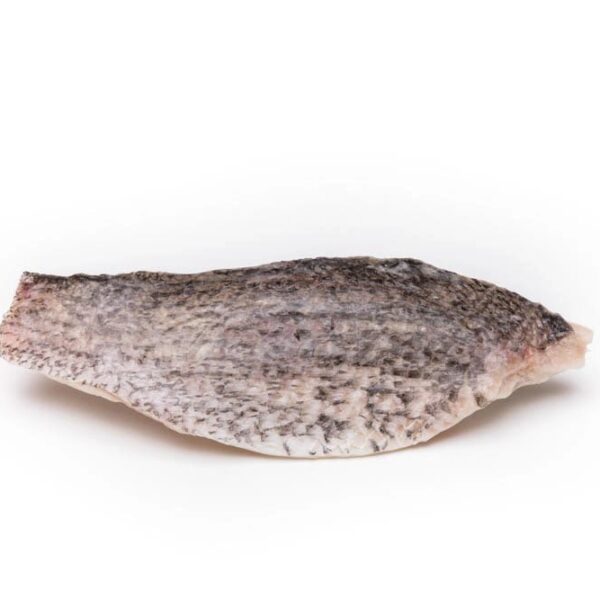

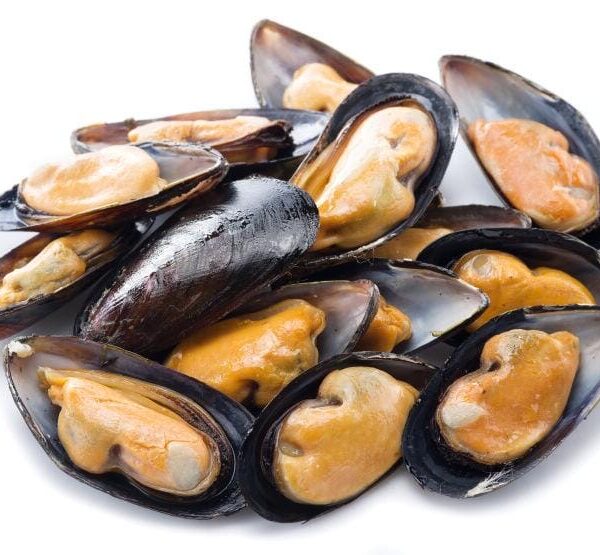
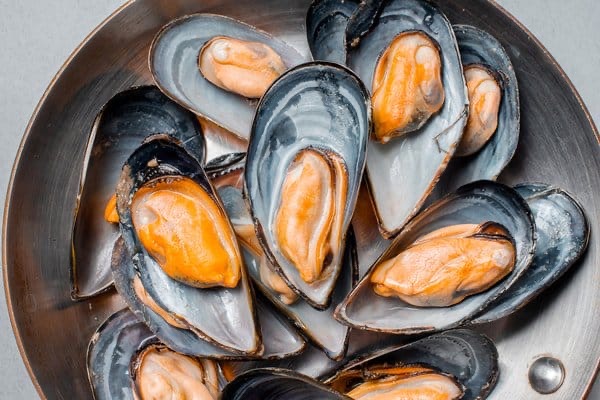
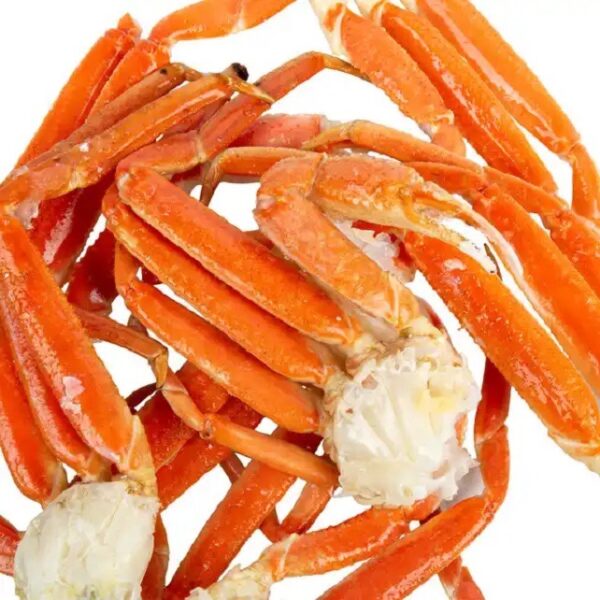
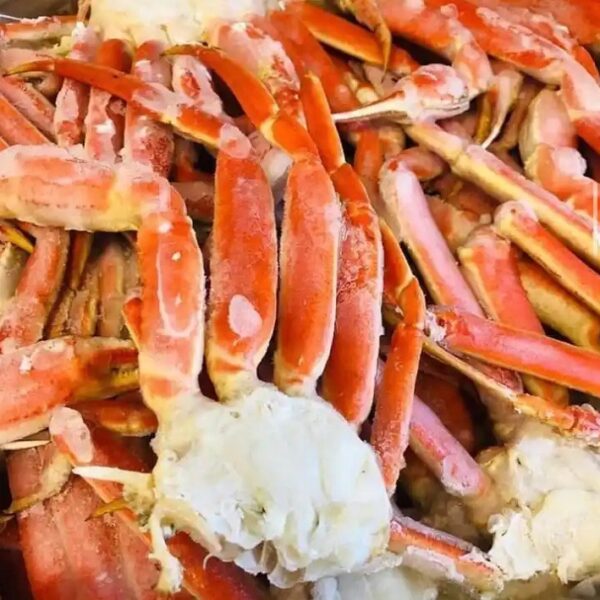


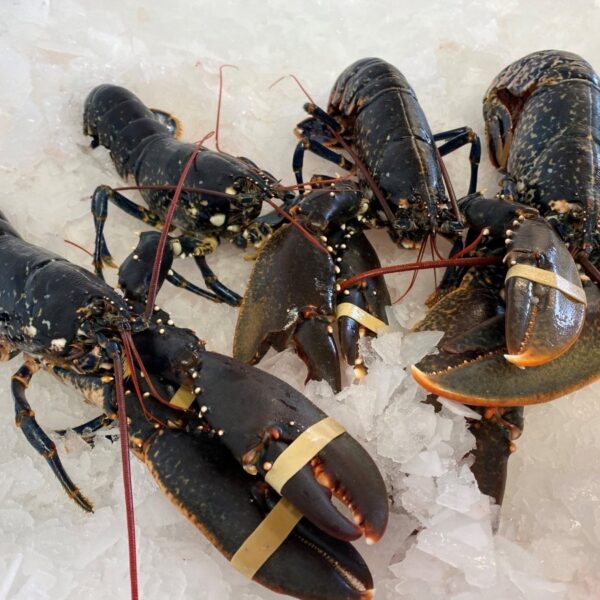
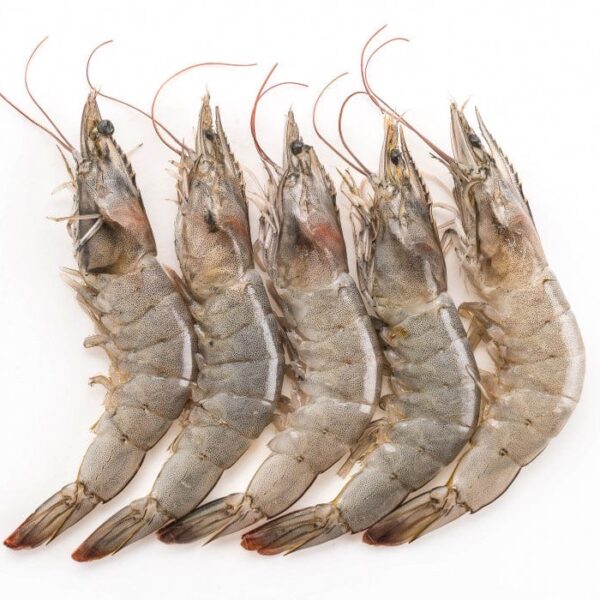
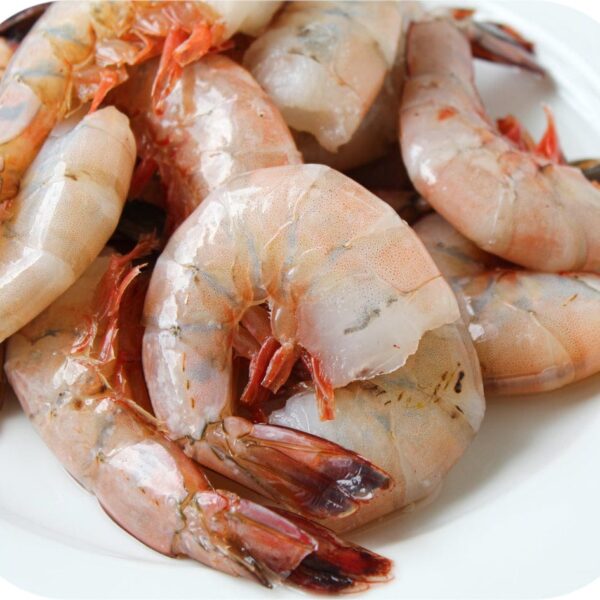
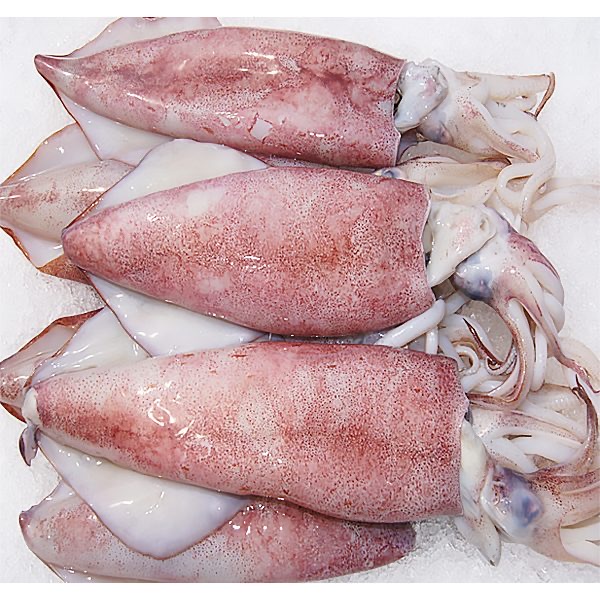

Reviews
There are no reviews yet.